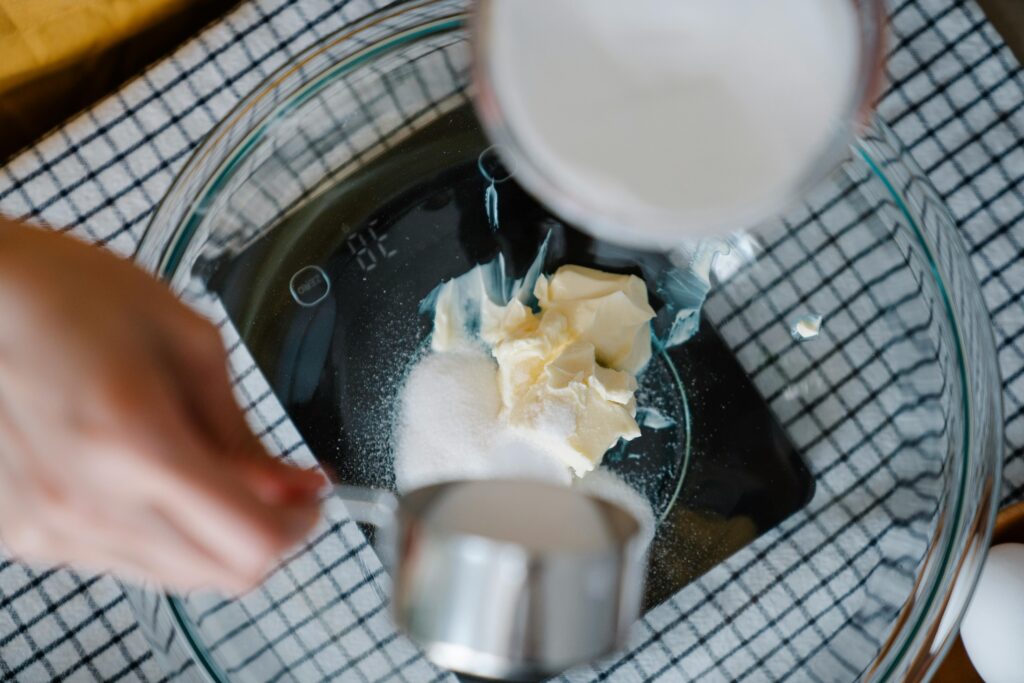Embarking on a culinary adventure often leads us to encounter a myriad of unfamiliar terms and measurements that can leave us feeling a bit lost in the kitchen. One such enigma that frequently arises is the conversion between grams and ounces. Understanding this conversion is like deciphering a secret code that unlocks a world of precision in cooking and baking. So, what is grams to ounces conversion, and why is it crucial for every aspiring chef or avid home cook to grasp this fundamental concept? As we delve into the depths of this culinary mystery, we will uncover the intricate relationship between grams and ounces, demystifying the calculations that bridge the gap between these two units of weight. Imagine having the ability to seamlessly switch between metric and imperial measurements, effortlessly transforming your recipes with the precision and accuracy that only a thorough understanding of grams to ounces conversion can provide. Join me on this journey of discovery as we illuminate the path to culinary excellence through the simple yet powerful knowledge of what is grams to ounces conversion.

 The Basics: Understanding the Difference Between Grams and Ounces
The Basics: Understanding the Difference Between Grams and Ounces
Before we dive into the world of grams to ounces conversion, let’s first understand the fundamental difference between these two units of weight. Grams and ounces are both measurements used to quantify the weight of ingredients in cooking and baking, but they belong to different systems of measurement.
The gram is a unit of weight in the metric system, which is widely used around the world. It is derived from the kilogram, which is the base unit of mass in this system. On the other hand, the ounce is a unit of weight in the imperial system, primarily used in countries like the United States.
While grams are based on powers of 10 (with 1 kilogram equaling 1000 grams), ounces follow a different conversion factor. There are 16 ounces in a pound, making it a more complex system to work with compared to grams.
Importance of Grams to Ounces Conversion in Cooking and Baking
Now that we have established what grams and ounces are, let’s explore why understanding their conversion is crucial for anyone who wants to excel in cooking or baking.
In today’s globalized culinary landscape, recipes often come from various sources worldwide. Some recipes may provide ingredient measurements in grams, while others might use ounces. Without knowing how to convert between these two units accurately, you may find yourself struggling to follow recipes or compromising on precision.
Grams to ounces conversion allows you to seamlessly switch between metric and imperial measurements. This flexibility empowers you as a cook or baker by giving you access to a wider range of recipes without being limited by measurement units.
Converting Grams to Ounces: Step-by-Step Guide
Converting grams to ounces involves a simple calculation that can be easily mastered with a step-by-step approach. Here’s how you can convert grams to ounces:
Step 1: Determine the weight in grams that you want to convert.
Step 2: Divide the weight in grams by 28.35, which is the conversion factor for grams to ounces.
Step 3: The result will be the equivalent weight in ounces.
For example, if you have 500 grams of flour and want to convert it to ounces, divide 500 by 28.35. The result will be approximately 17.64 ounces.
 Converting Ounces to Grams: A Practical Approach
Converting Ounces to Grams: A Practical Approach
The reverse conversion, from ounces to grams, is equally important and useful in the kitchen. To convert ounces to grams, follow these steps:
Step 1: Identify the weight in ounces that you wish to convert.
Step 2: Multiply the weight in ounces by 28.35, which is the conversion factor for ounces to grams.
Step 3: The result will be the equivalent weight in grams.
For instance, if a recipe calls for 10 ounces of sugar and you prefer using metric measurements, multiply 10 by 28.35. The result will be approximately 283.5 grams of sugar.
Common Kitchen Tools for Accurate Grams to Ounces Conversion
To ensure precise measurements during your culinary endeavors, it’s essential to have reliable tools at your disposal. Here are some common kitchen tools that can assist you in converting between grams and ounces:
- Digital Kitchen Scale: A digital scale provides accurate readings and allows you to switch between grams and ounces effortlessly.
- Measuring Cups and Spoons: Look for measuring cups and spoons that display both metric and imperial measurements.
- Conversion Charts: Keep a conversion chart handy in your kitchen for quick reference when converting between grams and ounces.
Precision in Recipes: How Grams to Ounces Conversion Enhances Cooking
Grams to ounces conversion plays a vital role in achieving precision in recipes. Many professional chefs and bakers prefer using grams as their primary unit of measurement due to its accuracy. By converting recipes from ounces to grams, you can ensure consistent results every time you cook or bake.
Using precise measurements not only enhances the taste and texture of your dishes but also allows you to replicate your favorite recipes with ease. Whether you’re making delicate pastries or savory sauces, understanding grams to ounces conversion will elevate your culinary creations to new heights.
Pitfalls to Avoid in Grams to Ounces Conversion
While grams to ounces conversion is relatively straightforward, there are a few common pitfalls that you should be aware of:
- Rounding Errors: When converting between units, rounding errors can occur if you round off the numbers too early. It’s best to perform calculations with the full decimal values before rounding off the final result.
- Misreading Conversion Factors: Ensure that you use the correct conversion factor for grams to ounces (28.35) and vice versa (0.03527). Using incorrect conversion factors can lead to inaccurate measurements.
- Inconsistent Measurement Units: Be mindful of using consistent measurement units throughout a recipe. Mixing grams and ounces within the same recipe can cause confusion and affect the final outcome.
Mastering Conversion Charts: Simplifying Grams to Ounces Measurements
Conversion charts are invaluable tools that simplify the process of converting grams to ounces. These charts provide a quick reference for common ingredient weights and their equivalent measurements in both grams and ounces.
When using a conversion chart, locate the weight in grams or ounces you wish to convert and find its corresponding value in the other unit of measurement. This eliminates the need for manual calculations, saving you time and ensuring accuracy.
Expert Tips for Effortless Grams to Ounces Conversion
Here are some expert tips to make grams to ounces conversion effortless:
- Familiarize Yourself with Common Ingredient Weights: Certain ingredients have standard weights commonly used in recipes. For example, a large egg typically weighs around 50 grams or 1.75 ounces. Knowing these values can help you estimate measurements more accurately.
- Practice Estimation: With experience, you’ll develop a sense of estimation when converting between grams and ounces. This skill will come in handy when you don’t have access to measuring tools.
- Double-Check Your Measurements: Accuracy is key in cooking and baking. Always double-check your converted measurements before adding ingredients to your recipe.
Conclusion: Unveiling the Culinary Magic of Grams to Ounces Conversion
In conclusion, understanding grams to ounces conversion is an essential skill for any aspiring chef or home cook. It allows you to navigate seamlessly between metric and imperial measurements, expanding your culinary horizons and enabling you to explore recipes from around the world.
By mastering this conversion, you gain precision in your cooking and baking endeavors, ensuring consistent results every time. So embrace the magic of grams to ounces conversion, unlock new culinary possibilities, and elevate your dishes with accuracy and finesse.

